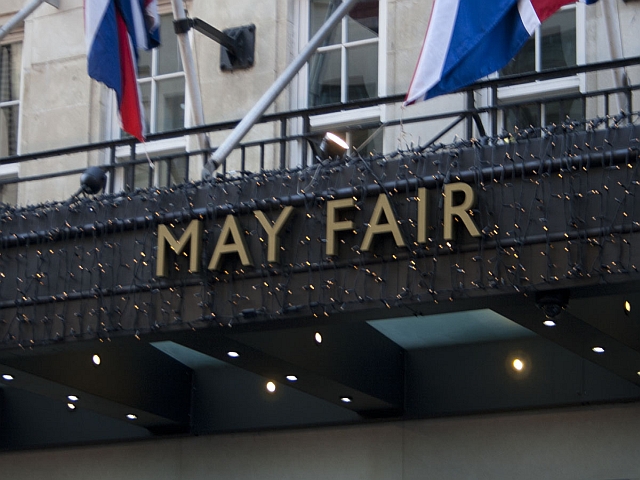 Although many working relationships proceed without major problems, in some cases workplace disputes can cause valid concerns to both employers and employees. In this article you will find a useful information on how to proceed and what to expect when faced with a potential workplace dispute.
Although many working relationships proceed without major problems, in some cases workplace disputes can cause valid concerns to both employers and employees. In this article you will find a useful information on how to proceed and what to expect when faced with a potential workplace dispute.
Understanding the legislation that concerns the management of workplace disputes
The legislation governing workplace disputes has as its main objective finding an early solution to any problem that may affect the working relationship between employers and employees. Whenever a dispute arises, the current regulations are there to help the process be solved quickly and without unnecessary difficulties.
In 2009, some changes were made to the Employment Act to include detailed procedures regarding the management of workplace disputes. In January 2013, the Employment Relations Ministry proposed a series of amendments to the current workplace dispute guidelines and called for the implementation of new statutory codes of practice on this matter. The new codes of practice will introduce modifications to the maximum amount that can be paid as unfair dismissal compensation, as well as outline in detail what constitutes improper behaviour and what factors should be taken into account when negotiating financial compensation at the end of a working relationship.
Types of workplace disputes and how to deal with each of them
Disputes in the workplace will usually fall within one of the following categories: grievances or disciplinary issues. In both cases, employers and employees are advised to raise their concerns informally before proceeding with a formal grievance or a disciplinary procedure.
Grievances can be defined as concerns or complaints that an employee has regarding his or her working conditions, treatment at work, or the application of the relevant statutory rights. There are a series of defined steps that must be taken when raising a grievance, and the details will be outlined either in your contract of employment or in your employer’s human resources or company handbook. In most cases, the procedure for raising a grievance involves:
a) informing your employer about the issue in a dated and signed letter, in which you also suggest what response you expect from them. It is recommended that you keep a copy of this letter
b) once they receive the letter, your employer must arrange a meeting in which you can discuss the issues involved in detail. During this meeting, employees have the right to be accompanied by a work colleague or by a trade union representative, when applicable
c) you should receive a written statement from your employer that describes the actions they have decided to implement with regards to your grievance
Most workplace disputes should be settled at this stage. If they are not and you do not agree with the way your employer has handled the grievance, you must inform them in writing about your intention of appealing their decision. A further meeting will then be arranged, and whenever possible, it is recommended that a senior manager is present at the appeal meeting.
On the other hand, disciplinary issues are raised by employers and concern employees’ behaviour, absences, or their failure to meet contractual requirements and standards. The procedure for dealing with disciplinaries involves the same steps as above.
What to do if a workplace dispute cannot be settled through grievances or disciplinaries
If the issue that caused a workplace dispute persists following a grievance or disciplinary procedure, the current employment legislation recommends that advice is sought from an independent third party before taking things further. The Advisory, Conciliation, and Arbitration Service (ACAS) has been created specifically for that purpose. Employees who are or might be involved in a workplace dispute are encouraged to speak to an ACAS advisor or to visit their website to find specific guidance on how to proceed. ACAS also provides a free of charge early conciliation service that may help find a solution without needing to go to an employment tribunal. Alternatively, employees that are represented by a trade union can contact their union representative. Your local Citizens Advice Bureau and the Civil Mediation Service can also be of help.
The organisations listed above can act as mediators and advise employees on whether or not they have a right to raise their issues at an employment tribunal. The last step before going to a tribunal would be to involve an arbitrator (usually ACAS), whose decisions are legally binding for both parties. It must be kept in mind that employees who wish to make a claim before a tribunal must do so within a maximum of three months following the date of the incident. Making a claim should be considered the last resort to solving a workplace dispute.
Further information on Workplace Disputes, as well as guides on a range of other employee rights can be found here Employee Rights, Maternity Rights, Equal Opportunities and
Office Relocation: Employee Rights, Office Occupational Health and Safety.
 As one would expect from one of the most economically active cities in the world, London has more businesses than any other city in the United Kingdom. The private sector is made up of over 800,000 companies, while the public sector also employs large numbers of individuals across the city’s 33 boroughs. On any given day, it is easy to spot office workers going on their lunch break, and in fact, many new businesses have sprung up all over the capital in order to accommodate demand and to provide a variety of options. In this article we examine the options that London office workers have when it comes to enjoying their lunch break.
As one would expect from one of the most economically active cities in the world, London has more businesses than any other city in the United Kingdom. The private sector is made up of over 800,000 companies, while the public sector also employs large numbers of individuals across the city’s 33 boroughs. On any given day, it is easy to spot office workers going on their lunch break, and in fact, many new businesses have sprung up all over the capital in order to accommodate demand and to provide a variety of options. In this article we examine the options that London office workers have when it comes to enjoying their lunch break.




